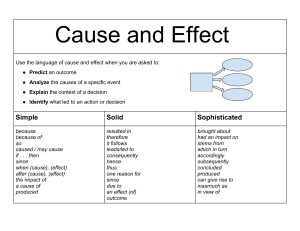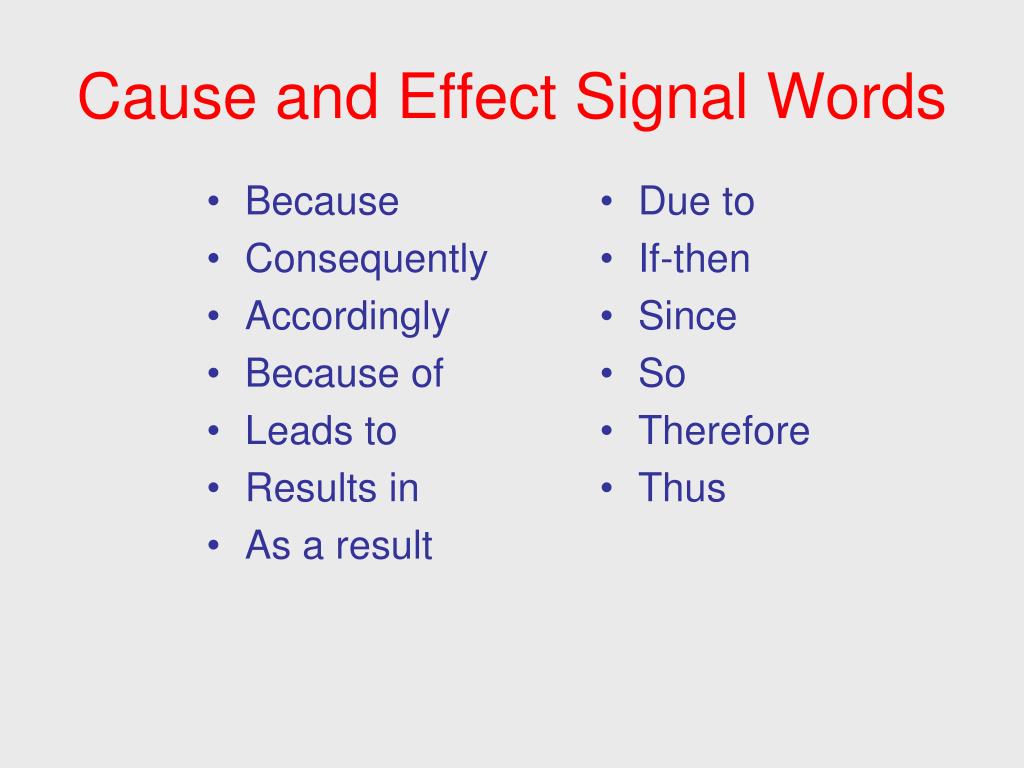

These phonemes are then coordinated into a sequence of muscle commands that can be sent to the muscles, and when these commands are executed properly the intended sounds are produced. The phonemes are specified for articulatory features which denote particular goals such as closed lips or the tongue in a particular location. During phonological encoding, the mental representation of the words are assigned their phonological content as a sequence of phonemes to be produced. After identifying a message to be linguistically encoded, a speaker must select the individual words-known as lexical items-to represent that message in a process called lexical selection. Language production consists of several interdependent processes which transform a non-linguistic message into a spoken or signed linguistic signal.

ASL and some other sign languages have in addition a manual-manual dialect for use in tactile signing by deafblind speakers where signs are produced with the hands and perceived with the hands as well. Sign languages, such as Australian Sign Language ( Auslan) and American Sign Language ( ASL), have a manual-visual modality, producing speech manually (using the hands) and perceiving speech visually (using the eyes). Languages with oral-aural modalities such as English produce speech orally (using the mouth) and perceive speech aurally (using the ears). The communicative modality of a language describes the method by which a language produces and perceives languages. Phonetics deals with two aspects of human speech: production-the ways humans make sounds-and perception-the way speech is understood. Traditionally, the minimal linguistic unit of phonetics is the phone-a speech sound in a language which differs from the phonological unit of phoneme the phoneme is an abstract categorization of phones, and it is also defined as the smallest unit that discerns meaning between sounds in any given language. The field of phonetics is traditionally divided into three sub-disciplines based on the research questions involved such as how humans plan and execute movements to produce speech ( articulatory phonetics), how various movements affect the properties of the resulting sound ( acoustic phonetics), or how humans convert sound waves to linguistic information ( auditory phonetics). Linguists who specialize in studying the physical properties of speech are phoneticians.

Phonetics is a branch of linguistics that studies how humans produce and perceive sounds, or in the case of sign languages, the equivalent aspects of sign. Phonetics is shown as the innermost layer.


 0 kommentar(er)
0 kommentar(er)
